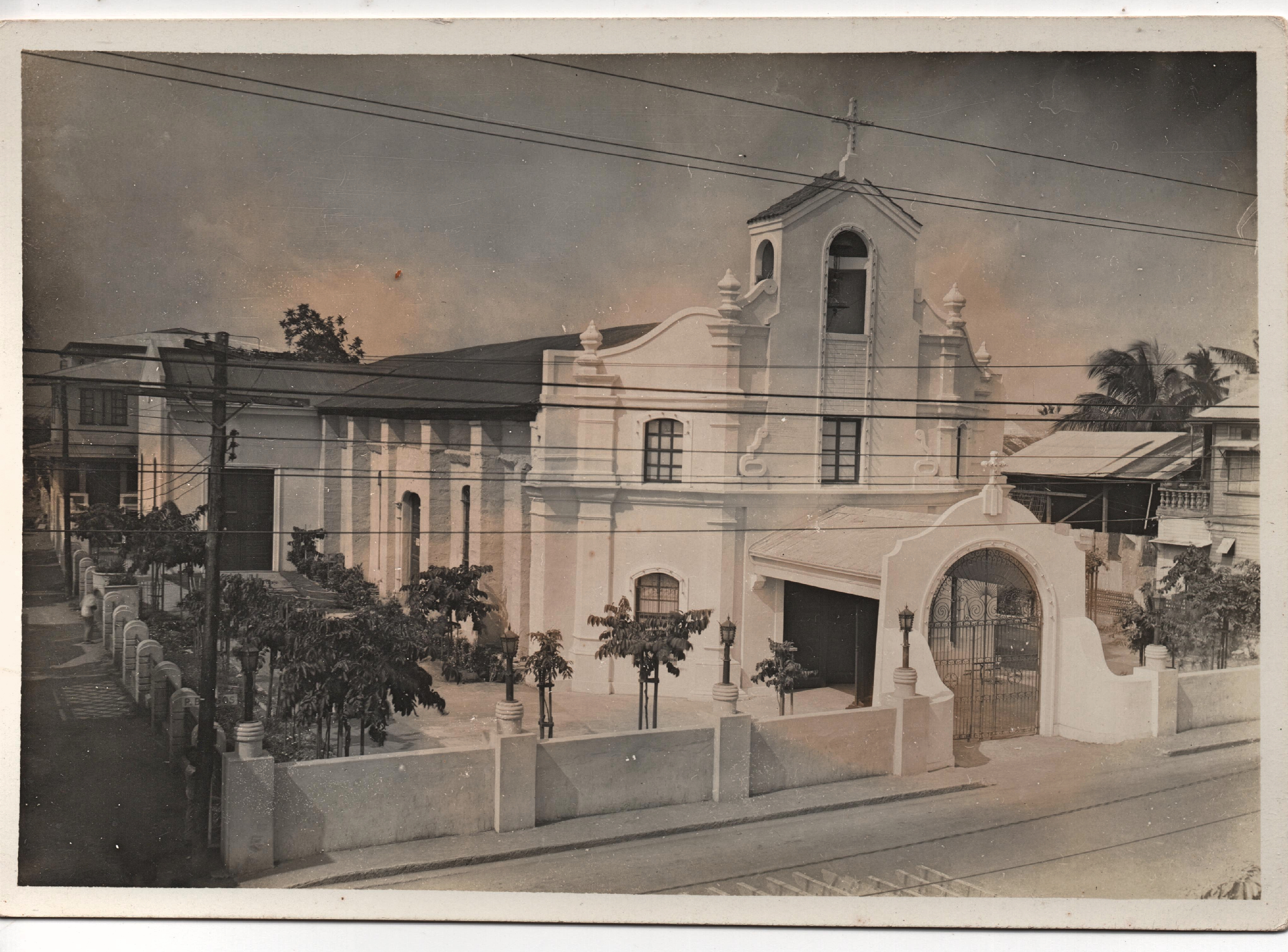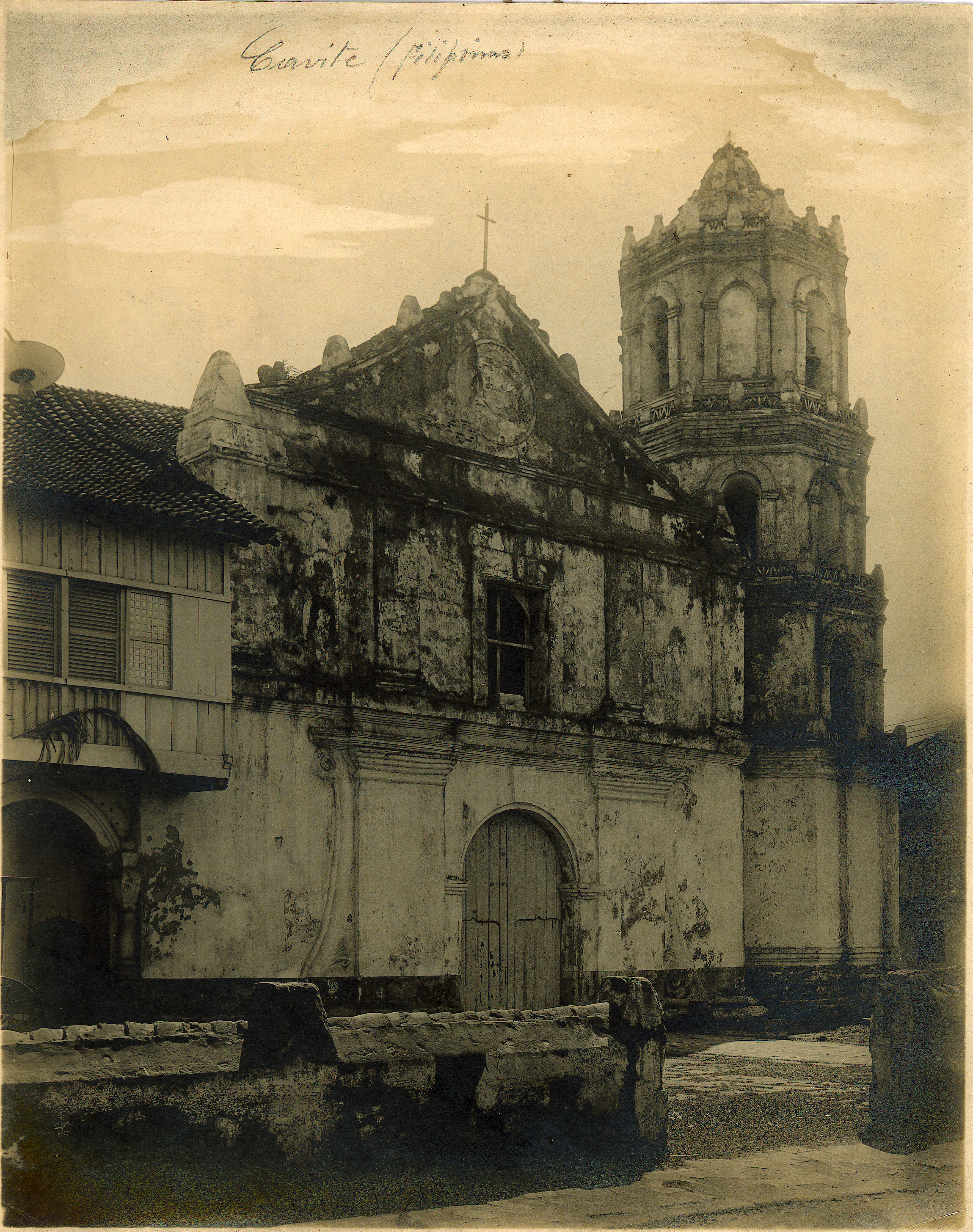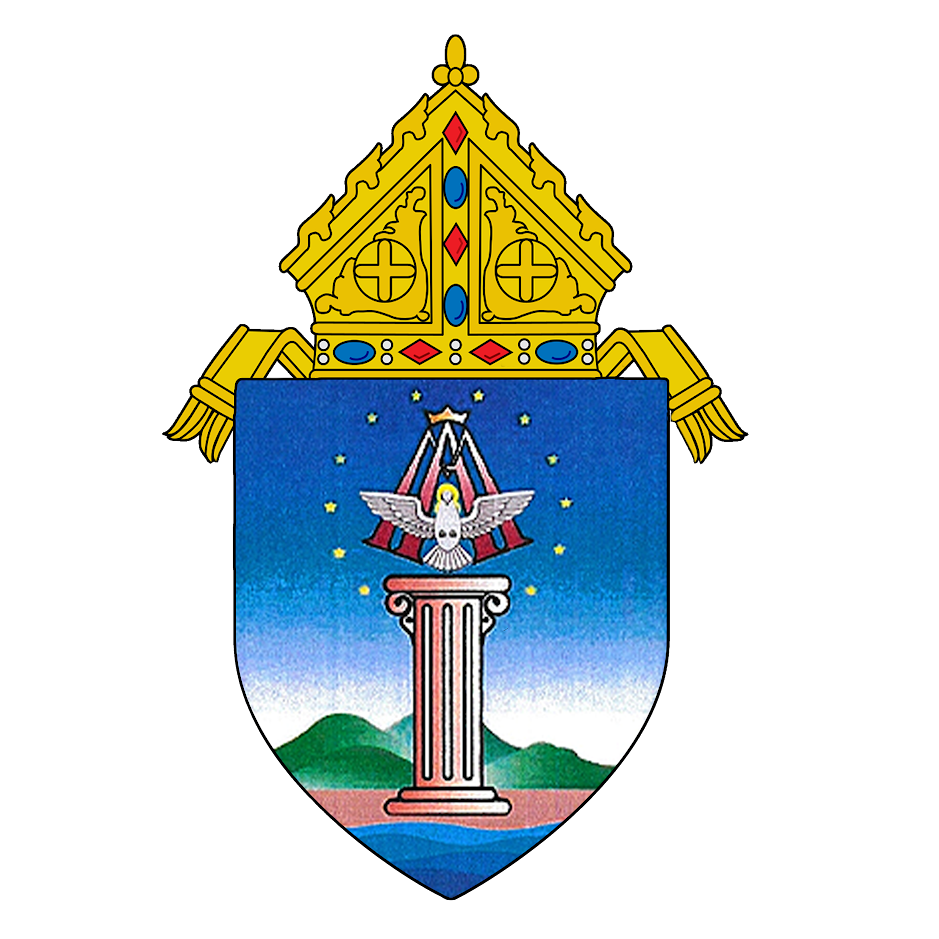Bajo Las Toques De Campana
Never did a Christian community in the Philippines so throb to the rhythm of the bells bajo las
campanas. The bells of the eight churches of Cavite Puerto swing and rolled in rapturous
celebration of naval victories or tolled the abyss of anguish and pain of defeat and death. As
the sun set turned the bay into a shimmering golden pond, the angelus chimed from the eight
towers to school children home to kiss the hands of their parents or elders. Promptly at eight
o’clock at night, the melancholy and howl menace of the animas bells reminded pious folks to
pray for their beloved dead who perished in the dark waters of the bay. Between 1586 and 1591,
the parish of San Pedro Apostol was established in Cavite Puerto. Just like any church during
the early days of Spanish colonization, it must have been made of bamboo and nipa, but by 1659,
a simple church of massive stone was constructed. The bell tower was made of four large posts.
In 1778, it was described as a beautiful church made of stone, bricks, and wood. The belfry,
which is also made of the same materials, consisted of four stories. In this church was
established the Cofradia del Santisimo Sacramento y Benditas Animas del Purgatorio. It was later
raised to the rank of Archconfraternity.
The pastoral letter of Pope Benedict IV dated April 2, 1748 and promulgated by the Archbishop of
Manila on October 24, 1752, designated San Pedro Church as a shrine to be visited wherein
indulgences could be gained. The church was destroyed and razed to the ground during the Second
World War.
The Franciscans had two establishments in Cavite Puerto. One was the convent, and the Church of
San Diego de Alcala, while the other was the Hospital of the Holy Spirit. The hospital is said
to have been founded by the Franciscan Proto Martyr of Japan, San Pedro Bautista, OFM, in 1591
on a piece of land donated by the Spaniard Don Felipe Correo. It was enlarged significantly in
1608 and in succeeding years.
A large piece of land in Ligtong, a barrio of Rosario, was donated on April 1, 1610, to this
hospital by Don Cristobal de Valenzuela and Don Diego Bravo, both residents of Sta. Ana de Sapa,
Manila. On this land, a cattle ranch was established for the support of the hospital.
In this task of catechizing the people, the Jesuits were greatly helped by a lay catechist, who
was formerly a “catalonan” (pagan priest). In his Relacion de las Islas Filipinas, Fr. Pedro
Chirino S.J., gave a very good description of Diego Masanga, a catalonan turned catechist, and
Indian, who though physically blind, was spiritually very enlightened, and who with
extraordinary faith, love, and delight in the things of God teaches those who wish to be
baptized, instructing them morning and afternoon in church. “He is so proficient in catechism
that not one of us could do it better so that they came from him excellently instructed. And
although he cannot see, he keeps a good count of the many catechumens under his charge that if
one is absent, he unfailingly took notice of it and informs the priest accordingly…he used to be
one of the pagan priest…now transformed into a preacher of our faith.
In 1636, Governor General Sebastian Hurtado de Corcuera relieved the Franciscans of the
administration of the hospital and instead put it in the hands of the laymen. Corcuera was irked
by the alleged anomalies in the administration of the hospital supply. In 1663, the church and
the convent built during the term of its first prior, Fr. Andres de Tordesillas OFM, were
demolished. The Franciscans left the Puerto for good.
The Augustinian church was the shortest lived among the churches of Cavite Puerto. According to
Fr. Gaspar de San Agustin, OSA, it was founded in 1602 under the patronage of Ntra. Sra. De los
Remedios. Fr. Gabriel Pizarro, OSA, was named its first prior, but he died before he could
assume this post. Thereupon, Fr. Agustin de Tapia, OSA, was named prior. The property on which
the church and the convent stood was a gift from Governor General Francisco Tello.
For unknown reasons, Fr. Juan Enriquez had the Cavite mission suppressed during his term as
provincial (1620-1622); it was totally abandoned during the term of Fr. Alonzo de Mentrida
(1623-1625). Fr. Gaspar de San Agustin claimed that the property was ceded to the Dominicans in
1625.
Between 1613 and 1614, the Jesuits started their Lenten mission in Cavite. It was so successful
that it resulted to a lot of moral conversion. The sailors themselves asked the fathers to stay.
Two pious benefactors, Sr. Bautista, a Genoese, and Juan de Cavallo, a Portuguese, turned over
their houses to the society and opened a small chapel in 1615; this was dedicated to Our Lady of
Loreto. On October 20, 1620, Archbishop Miguel Garcia Serrano granted the Jesuits the authority
to minister to the Japanese and Chinese in the Puerto.
A church of stone was commissioned by a secular priest, Don Lucas de Castro, the parish priest
of the Puerto and a former pupil of the Jesuits as a gesture of thanksgiving to society. Two lay
brothers worked in the construction of the church; they were the Genoese Guilio Lombardo and an
Irishman who took the Spanish name of Francisco Bautista. The church of Our Lady of Loreto was
inaugurated on the feast of St. Francis Xavier on December 3, 1633, with Fr. Lucas de Castro
himself celebrating the mass. The image of Our Lady of Loreto, which has previously been kept at
the Dominican church was brought to the new church in solemn procession.
On August 25, 1637, a document of foundation was signed at Manila establishing the Jesuit
Colegio de Cavite, a school for boys. Don Lucas de Castro endowed the college with fourteen
thousand pesos for its construction.



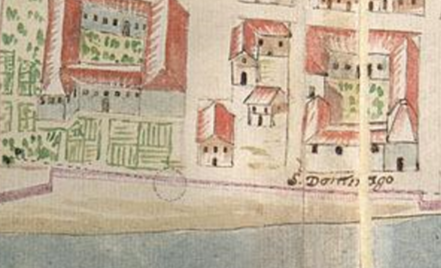
.jpg)
.jpg)
.jpg)
.jpg)
.jpg)
.jpg)
.png)
.png)
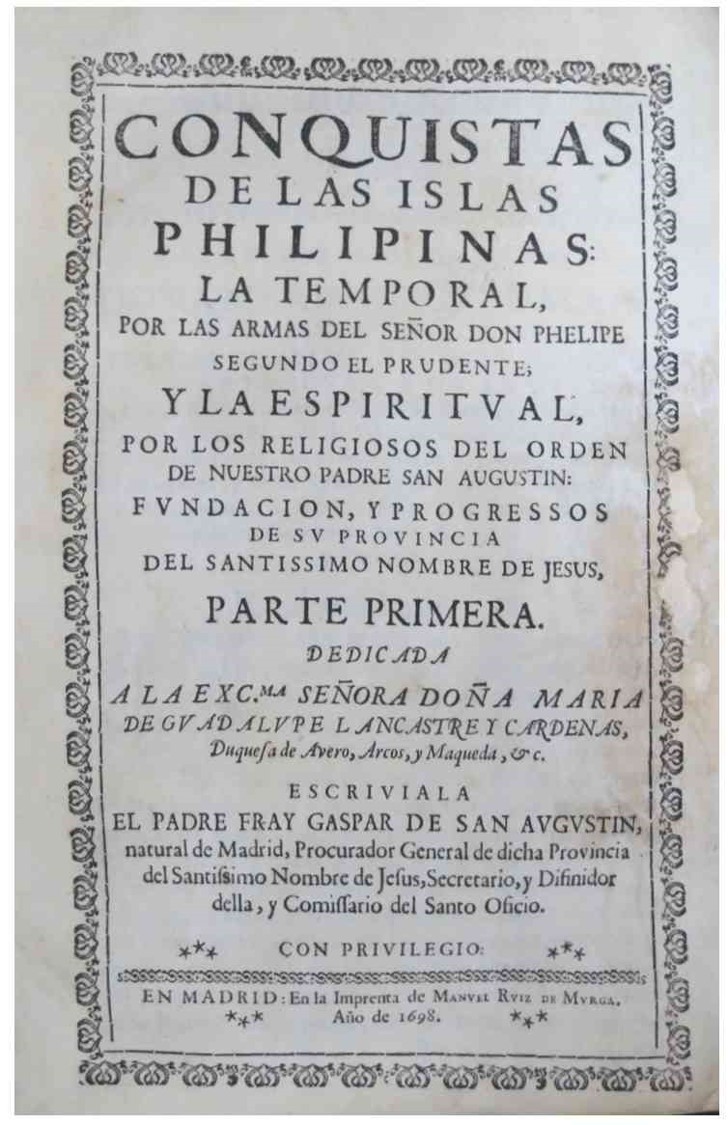
.png)
.png)
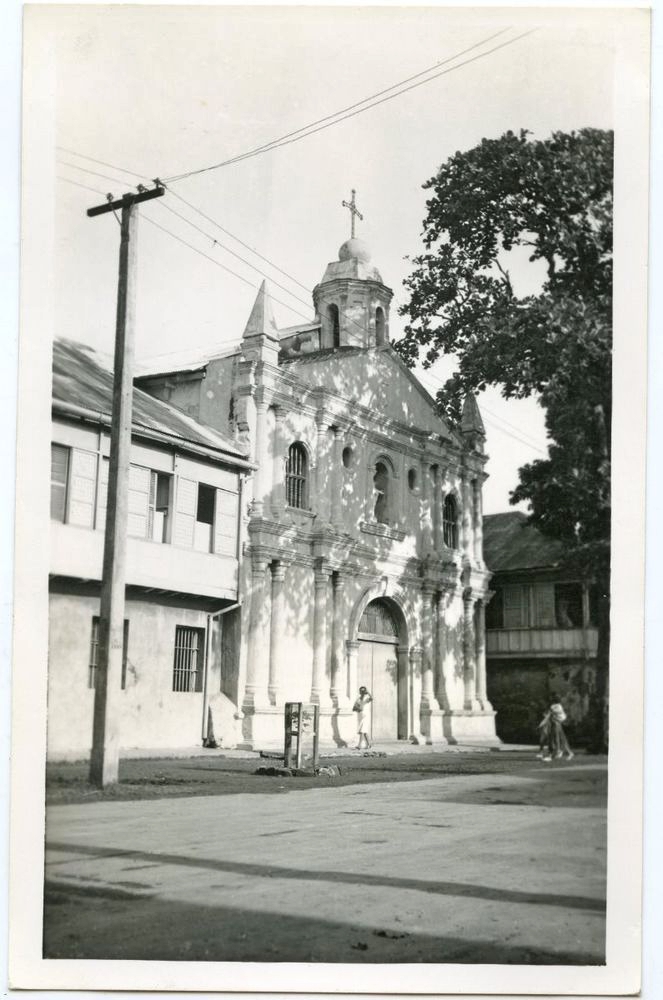
.jpg)
 Cavite Puerto.jpg)
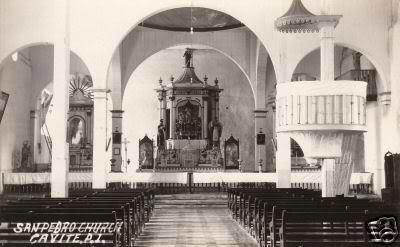
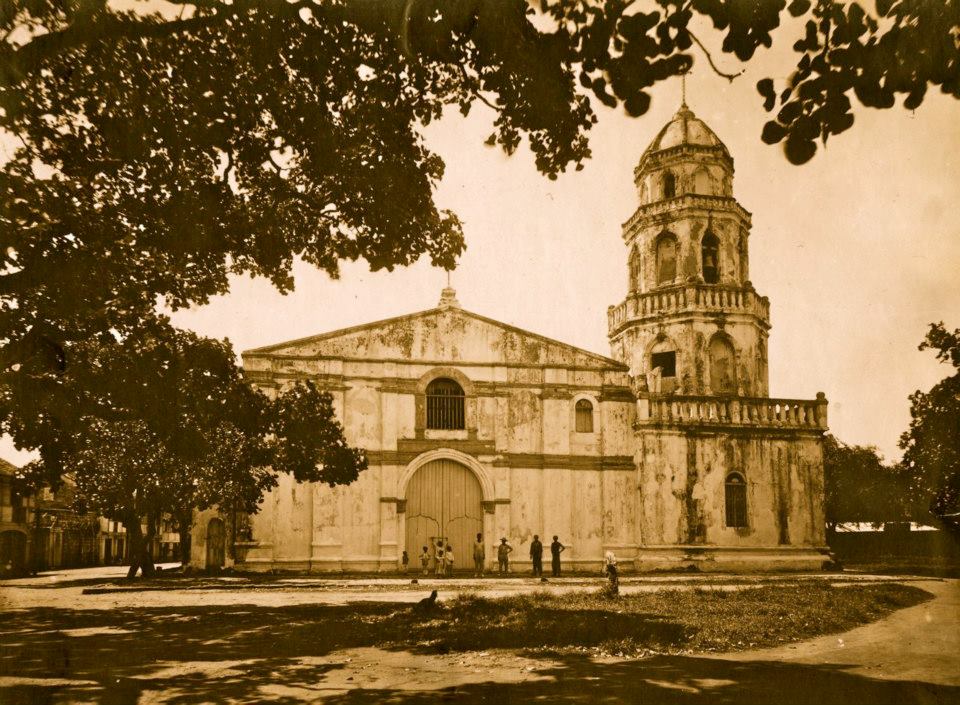
.jpg)

.jpg)
